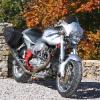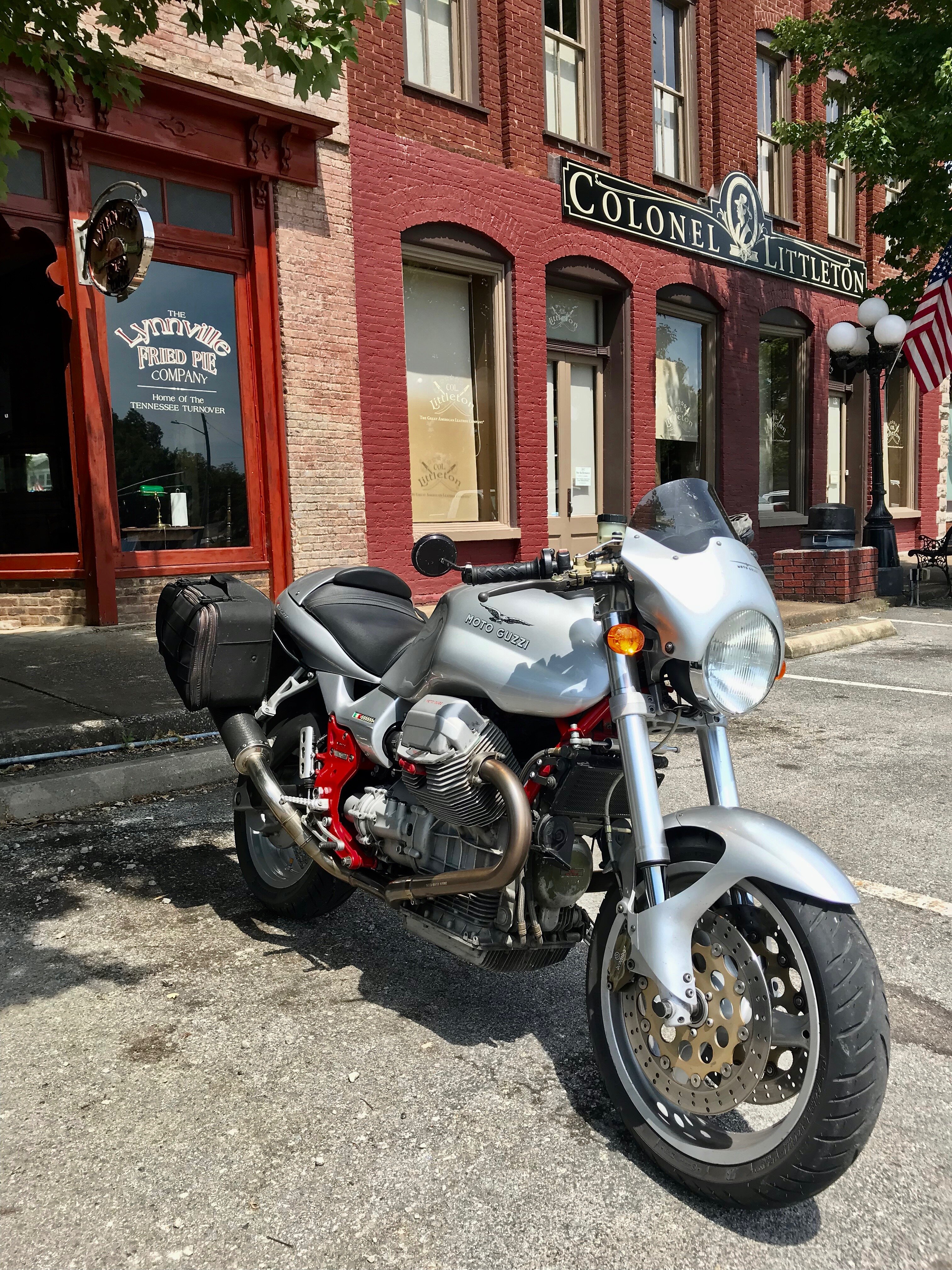-
Posts
19,909 -
Joined
-
Last visited
-
Days Won
1,130
Content Type
Profiles
Forums
Events
Gallery
Community Map
Everything posted by docc
-
Who has a source for the correct female electrical connectors that lock into those blocks?
-
Specific seal damage/tear on the Metri-Pack 3-position connector seal from my TPS next to a new seal (the damaged seal on my TPS Casper's Breakout Harness looks similar):
-
There are those of us who are such fans of what Caig DeOxit® does for connectivity across fuses, relays, switches, and connectors. Yet, as @PJPR01 recently pointed out, connector seals can swell and tear from DeOxit exposure. Specifically, the green Metri-Pack seal on the V11 TPS and the Casper's TPS Breakout Harness. But also the yellow TE AMP SuperSeal connectors in the rest of our wiring harness(es). See how this 5-position AMP connector seal swelled after exposure to DeOxit? Once the tank was back on, that connector was not connected and the tank had to come back off and the connector compressed with a clamp, then "zip-tied" to make connection . . . I plan on replacing the seals at next "tank off." Yet, the seals are not available separately. The TE/AMP connectors are available from various suppliers including Gregory Bender. Buy the connector, slip off the seal as a replacement. See the link, above, for sources of the TPS 3-position "Metri-Pack" connector/seal. Otherwise, be aware that while Caig DeOxit® is electron-magic, it will swell these seals and make them vulnerable to tear and possibly interfere with the connector reliably engaging/connecting.
-
I couldn't find this relay mount on Greg Bender's site, but did find that he offers individual TE AMP SuperSeal connectors, from one to six positions, for those of us who may need to replace damaged seals. https://www.thisoldtractor.com/for_sale_wiring_harness_close_outs.html
-
As frustrating and maddening as the TPS setting (and even a GuzziDiag connection) can be, throttle body balance on a V11 is a satisfying delight. Right up with pulling the feeler gauge through for the perfect valve clearances.
-
The manual says to balance with them closed. I finally went with the theory that balancing at "some rpm" (like 3000) it's fine to leave them open then use them to make the final balance at idle, if necessary. Of course my theories have been lacking before . . .
-
Changed your topic title and moved this thread for better viewing and replies, @JimM . . . Collapsed lifter? Hoping for better qualified members to chime in on this model (1999 Cali EV) . . .
-
I checked my records and those are the actual ones I got (Part Number: 01114390). Cheaper now than they were last year . . . .
-
My last ones came from here: https://www.mgcycle.com/index.php?main_page=product_info&products_id=94
-

Nineteenth South'n Spine Raid 2023 Tennessee USA
docc replied to docc's topic in Meetings, Clubs & Events
I mean, it's still no Ballabio, @Bill Hagan . . . Yet . . . I'm havin trouble feelin' sorry for ya. (Ya had me goin' with the whole Norge thing . . . ) -
And enough of this "hippo skull" talk! Chicks dig these things like nothing else . . .
-
Not sure where your fuel supply goes off the fuel tap, downward like that . . . More commonly, that line goes forward to the fuel pump (sometimes to the filter first):
-
The brass nipple at the left front is for the crankcase vent off the banjo bolt at the front top of the spine frame behind the headset. Square hole at the right front is for the air temperature sensor. You'll have to find where that has been put and put it back.
-
At one time my Sport was on an Exhaust Gas Analyzer and the target air-fuel ration was correct when the CO Trim was set to zero. Remember that every time the V11 is started, regardless of temperatures, the ECU runs a rich map for a set number of revolutions. I forget the exact number, but over 4,000. The CO Fuel Trim only is active below 3,000 rpm and has its greatest effect at idle and very low throttle openings.
-
Ah, yes, what I thought might be an "E" in a circle logo looks to be Bosch:
-
Not exactly, but close. Our mounting blocks "dovetail" together, between each, and each has a mounting tab, with hole, on "the back side". I can't get an image that is clear. Looks like: 3 334 486 065 and a logo that maybe looks like an "E" in a circle. edit: Okay, here we go: https://rct-global.com/part/base-to-suit-micro-relay-mountable-bosch-3-334-485-045/
-
This . . . +1 Ah , yes, a 2002 V11 would be prone to Startus Interuptus . You have good indications to clean/service your Ignition Switch and make plans for the additional @Kiwi_Roy Relay for the starting . . .
-
That should be a field expedient for urgent intervention. I suppose a relay swap is a reasonable test point to observe for change in behavior. In that case, swap in Relay #3/middle/Neutral as it is the least stressed/least critical (and that circuit has a redundant power supply through the sidestand switch with the stand up). Make certain any relay in Position #1/ Start is 5-pin. Remind me what relays you are relying on?
-
Ah, beyond GuzziDiag, then, and on to Reader/Writer? Probably time for a separate thread . . .
-
IIRC, the diameter of the fork sliders changed (increased) between early and later V11, but the clip-on/triple tree clamping diameter remained unchanged. Just from memory: 53mm? Not at all sure if memory serves there, but pretty sure the upper diameter of various V11 forks are the same.





